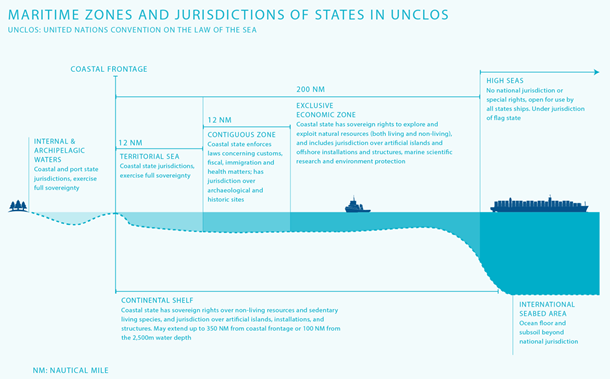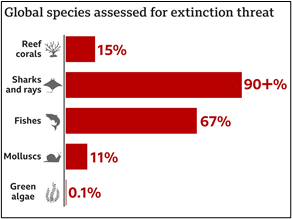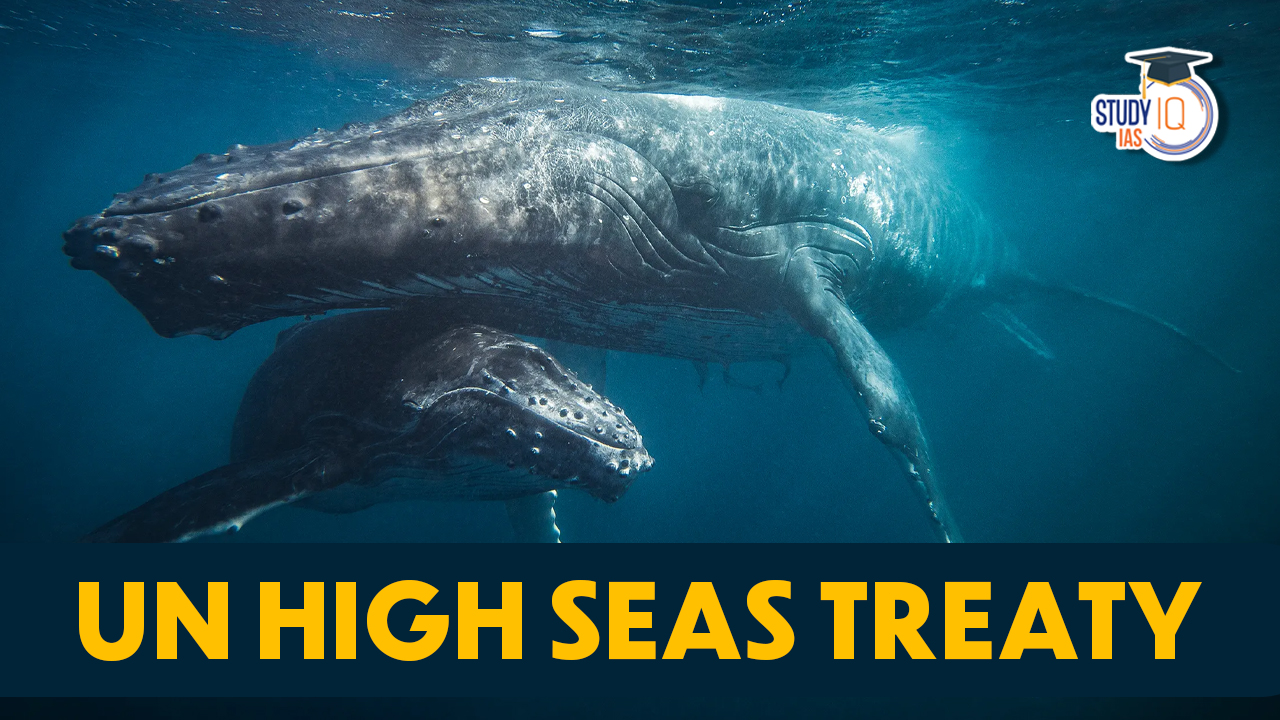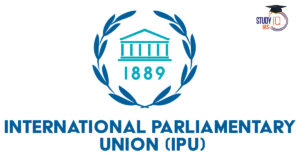Table of Contents
What are High Seas?
- High seas are areas of oceans that lie beyond countries’ national waters (beyond 200 nautical miles).
- These are the largest habitats on Earth and are home to millions of species.
- High seas comprise more than 60% of the world’s oceans and nearly ½ of the planet’s surface.

Objectives and Framework of the BBNJ Agreement
- Adopted in March 2023.
- It serves as the third implementing agreement under the United Nations Convention on the Law of the Sea (UNCLOS).
- It is a first ever treaty to protect the world’s oceans that lie outside national boundaries.
- Its primary objectives include:
- Conserving Marine Biodiversity: Establishing measures to protect diverse marine life.
- Equitable Sharing of Benefits: Ensuring that profits derived from marine genetic resources are shared fairly among nations.
- Environmental Impact Assessments (EIAs): Mandating assessments for activities that may harm marine ecosystems.
- The treaty prohibits nations from claiming sovereign rights over high seas resources and promotes international cooperation in managing these areas.
| United Nations Convention on the Law of the Sea (UNCLOS) |
|
Need for the Treaty
- The world’s oceans provide oxygen that sustains human and animal life, drive weather systems and store about one-quarter of the planet-heating carbon dioxide generated by human activities.
- According to the Red List of Threatened Species by IUCN, nearly 10 percent of underwater plants and animals assessed so far are threatened with extinction.
- According to the World Wildlife Fund (WWF), a third of species such as sharks and rays are at the risk of extinction.
- According to NASA, 90% of global warming is occurring in the ocean.
- Effects of ocean warming include sea level rise due to thermal expansion, coral bleaching, accelerated melting of Earth’s major ice sheets, intensified hurricanes, and changes in ocean health and biochemistry.
- Currently, there is no treaty for conserving the health of vast swathes of the earth’s oceans,
- Only 1.2% of international waters are protected, and only 0.8% are identified as “highly protected.”

Challenges to the High Seas Treaty
- Lack of Implementation Roadmap: Out of 104 signatories, only 14 have ratified the treaty, far from the 60 required for enforcement.
- Geopolitical rivalries, especially in the South China Sea and Bay of Bengal, hinder consensus on establishing Marine Protected Areas (MPAs).
- Contentious Provisions: The treaty mandates profit-sharing from marine genetic resources via a global fund.
- Critics highlight potential exploitation by wealthier nations, citing the absence of robust accountability mechanisms.
- Conflicts with Other Regimes: Potential overlap with existing frameworks, like the Convention on Biological Diversity, risks fragmenting enforcement and disadvantaging smaller states.
- Capacity-Building Challenges: Low and middle-income nations lack resources for equitable participation in ocean science and governance.
- The treaty lacks enforceable measures to ensure capacity-building and technology transfers.
- Overlooking Ecosystem Interconnectedness: The treaty’s focus on the high seas ignores the cascading effects of harmful activities in Exclusive Economic Zones (EEZs):
- Example: The 2021 X-Press Pearl disaster off Sri Lanka caused widespread marine pollution.
- Overfishing in West African EEZs depletes fish stocks beyond national jurisdictions.
- Gaps in Regulation: Fails to address oil and gas exploration impacts within EEZs, a significant economic interest for many states.
- Lack of international review for EIAs limits the treaty’s enforcement framework.
Path Forward: Bridging the Divide
- Integrated Governance Framework: High-seas governance must align with coastal regulations to address interconnected challenges like pollution, overfishing, and habitat destruction.
- Incentives for Coastal States: Coastal states in the Global South require incentives to harmonize domestic laws with international norms.
- Commitment from Wealthier Nations: Wealthier countries must provide technical and financial support to ensure equitable benefits.
- Political Consensus and Clear Strategies: Collective commitment from nations is critical to prevent the treaty from becoming ineffective.


 SAMARTH Udyog Bharat 4.0: Transforming I...
SAMARTH Udyog Bharat 4.0: Transforming I...
 BHIM 3.0 Launched by NPCI: Key Features,...
BHIM 3.0 Launched by NPCI: Key Features,...
 150th Summit of Inter-Parliamentary Unio...
150th Summit of Inter-Parliamentary Unio...





















